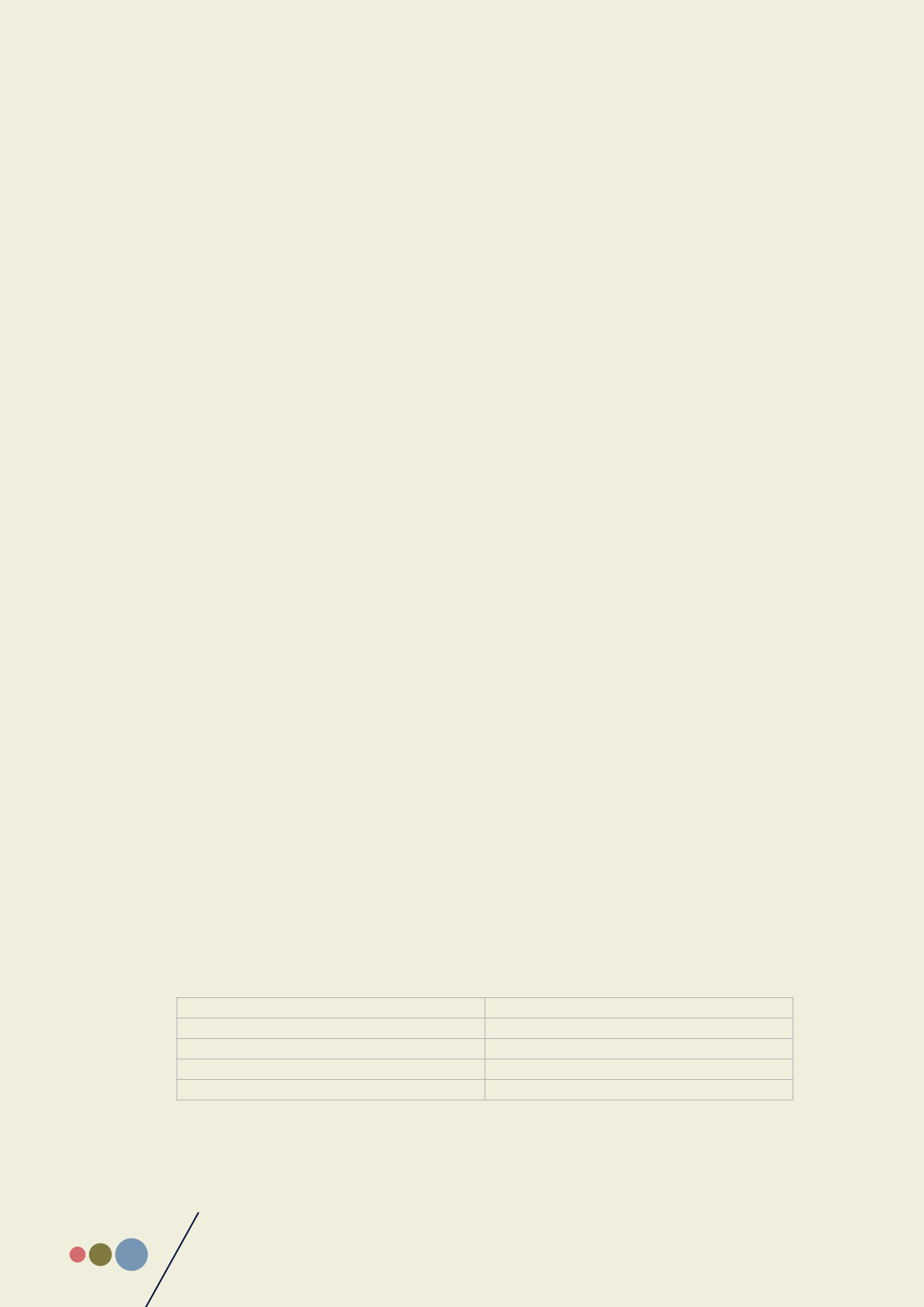

110
HSRC Annual Report 2016/17
PART E: Annual Financial Statements
Costs include costs incurred initially to acquire or construct an item of property, plant and equipment and costs incurred
subsequently to add to, replace part of, or service it. If a replacement cost is recognised in the carrying amount of an
item of property, plant and equipment, the carrying amount of the replaced part is derecognised. All other repair and
maintenance costs are recognised in the Statement of Financial Performance as incurred.
Land and buildings aremeasured at fair value less accumulated depreciation on buildings and impairment losses recognised
after the date of the revaluation. Valuations of the HSRC’s Pretoria property are performed every three years based on
the income capitalisation method. The market value is determined from the ability of the property to generate rental
income, taking into account the related expenses, the rental income which is capitalised at a market-related rate, as well
as the risk, age and condition of the property with existing buildings. Any surpluses that occur due to the revaluation of
land and buildings are allocated to the revaluation reserve, except to the extent that it reverses a revaluation decrease
of the same asset previously recognised. A revaluation deficit is recognised in the Statement of Financial Performance,
except to the extent that it offsets an existing surplus on the same asset recognised in the asset revaluation reserve.
Artwork is measured at fair value less accumulated depreciation and impairment losses recognised after the date of
the revaluation. Valuations of artwork are performed every five years based on the current market value method. The
market value factored into each assessment is the artist, the medium used, the size in relation to the overall aesthetic
appeal (to the market) of each artwork. Any surpluses that occur due to the revaluation of artwork are allocated to the
revaluation reserve, except to the extent that it reverses a revaluation decrease of the same asset previously recognised
in the Statement of Financial Performance. A revaluation deficit is recognised in the Statement of Financial Performance,
except to the extent that it offsets an existing surplus on the same asset recognised in the asset revaluation reserve.
The revaluation surplus included in net assets in respect of an item of property, plant and equipment is transferred
directly to accumulated surpluses or deficits when the asset is derecognised. This involves transferring the whole of the
surplus when an asset is retired or disposed of. Transfers from revaluation surplus to accumulated surpluses or deficits
are not made through surplus or deficit.
1.6.2. Depreciation of assets
Depreciation is applied on a straight-line basis, with the exception of mobile clinics that are depreciated based on
mileage travelled. Specific treatment of depreciation on the respective assets are as follows:
1.6.2.1. Freehold land
Land has an unlimited useful life and therefore is not depreciated but stated at fair value.
1.6.2.2. Freehold buildings
The HSRC identified the following major components of buildings:
•
Lifts;
•
Telephone system;
•
Fixtures; and
•
Buildings.
The useful lives of the various components of buildings have been assessed to be:
Lifts
25 years
Telephone system
25 years
Fixtures
25 years
Buildings
25–100 years
Leasehold improvements
Amortised over the period of the lease









